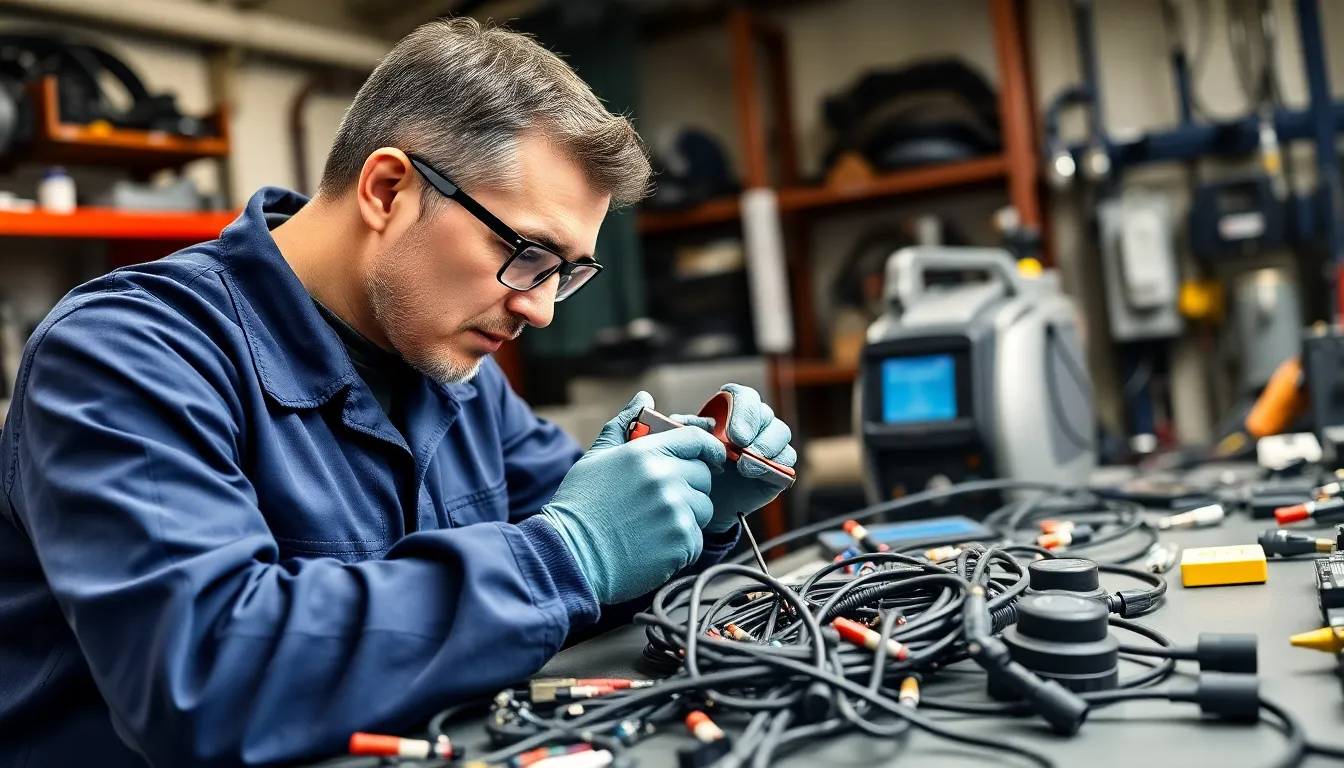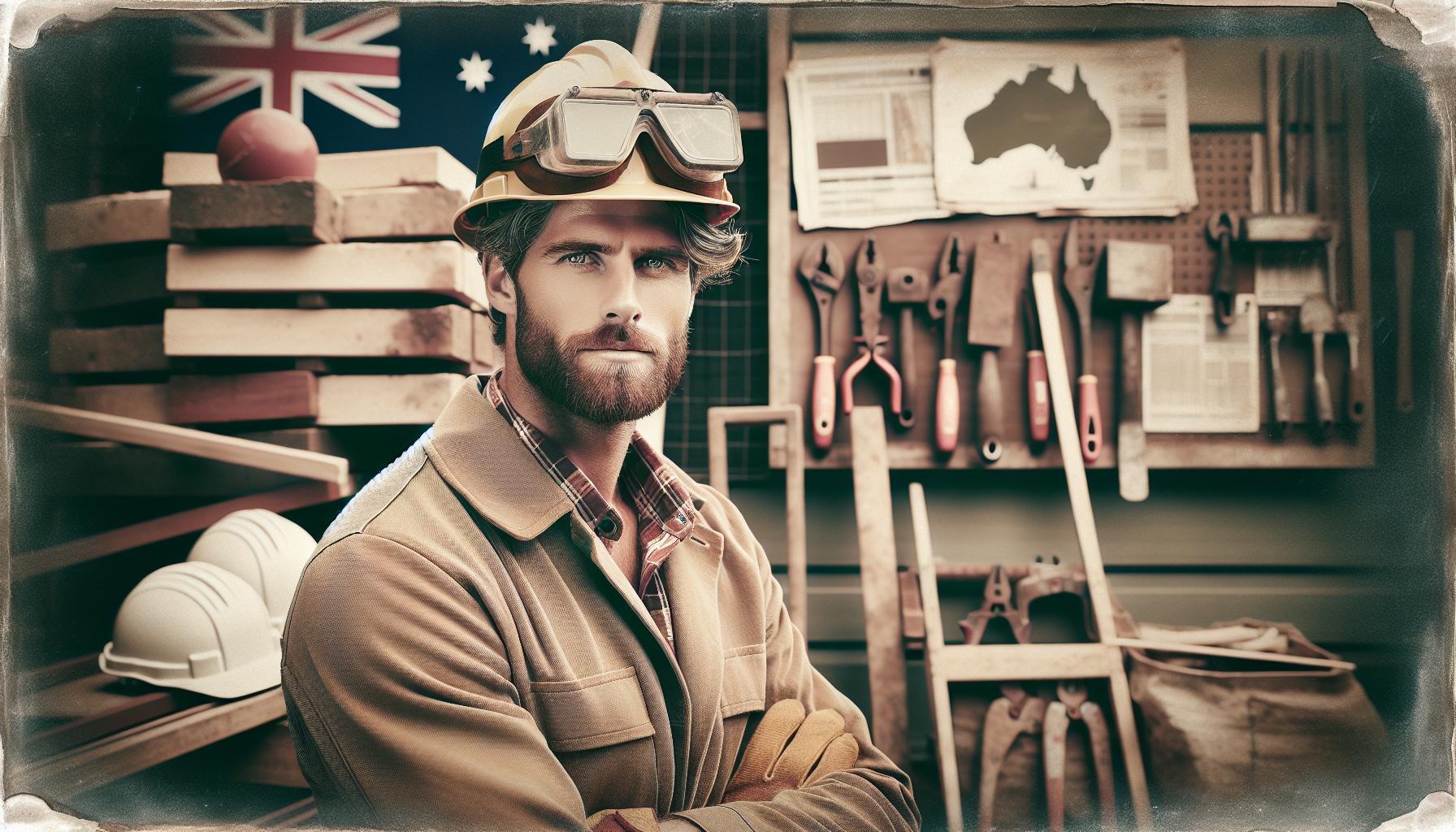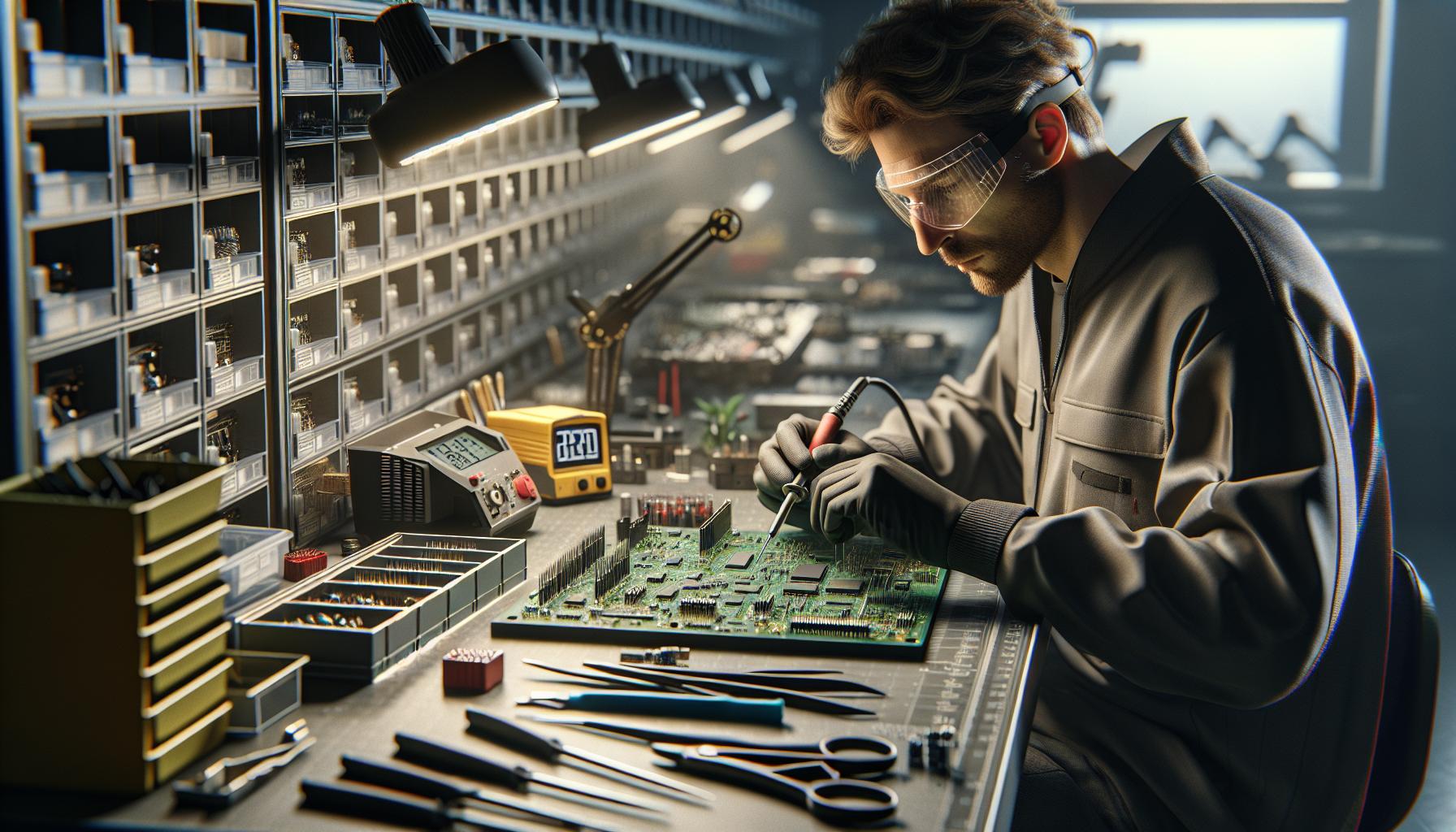Key Takeaways
- Wiring harness replacement costs vary widely, typically ranging from $500 to $2,000 or more, depending on vehicle type, harness complexity, and labor rates.
- Key factors influencing price include the make and model of the vehicle, type of harness needed, labor charges, and location of the repair shop.
- Labor can account for 40–60% of the total cost, with installation often taking 4 to 20 hours at shop rates averaging $75–$150 per hour.
- OEM harnesses are generally more expensive but ensure compatibility and performance, while aftermarket options can save money for older or less complex vehicles.
- DIY replacement can significantly reduce costs but requires technical skill and the right tools; professional installation is recommended for complex jobs or high-end vehicles.
- Replacement is necessary when experiencing electrical issues, visible harness damage, or after an incident such as an accident or rodent infestation.
When a vehicle’s electrical system starts malfunctioning, the wiring harness is often to blame. Replacement costs vary widely, typically ranging from $500 to $2,000 or more, depending on vehicle type, harness complexity, and labour rates. Labour can account for 40-60% of total costs, with installation often taking 4 to 20 hours. Companies like cloomtech.com manufacture custom wire harnesses for automotive and industrial applications, helping reduce project lead times and logistics costs for businesses requiring quality replacement solutions.
Understanding Wiring Harness Replacement
Wiring harness replacement cost depends on harness complexity, industry standards, and application type. Simple automotive harnesses such as those used in compact sedans often use fewer wires and connectors, keeping both material and labor expenses lower—typically in the $500 to $1,200 range according to repair cost aggregators like RepairPal. More advanced harnesses for vehicles with extensive electrical systems, robotics, or aerospace equipment, use high-grade materials like Teflon and custom assemblies, raising total expenses to $2,000 or more.
Labor charges form a significant part of the replacement cost. Technicians take several hours—usually 4 to 20—to remove interior panels, disconnect existing harnesses, and install new connections. Hourly labor rates in Florida range between $75 and $150 based on shop location and technician specialization.
Cloom Tech in Florida manufactures custom wire harnesses and cable assemblies for automotive, robotics, medical devices, and aerospace industries, offering tailored engineering support and assembly to fit strict application standards. Customers engaging Cloom Tech can specify conductor type, insulation material, and connector brand to ensure harness compatibility and performance. They address timelines, volume demands, and on-site installation if needed, minimizing downtime through local support and rapid prototyping options.
Factors That Influence Wiring Harness Replacement Cost

Wiring harness replacement costs fluctuate based on technical and market-specific factors. Accurate estimates depend on understanding these core variables.
Vehicle Make and Model
Vehicle make and model determine harness compatibility requirements and replacement complexity. Luxury brands like BMW and Mercedes-Benz often feature multi-layered harnesses with embedded sensors, increasing material and installation demands. High-volume models such as Honda Civic or Ford F-150 typically offer broader aftermarket support, reducing both parts and labor costs. Obsolete or low-production vehicles may require custom harness fabrication, raising pricing due to limited component availability and extended sourcing times.
Type of Wiring Harness
Type of wiring harness influences component costs and labor duration. Main engine harnesses manage critical power and signal lines, needing durable insulation and advanced connectors, as seen in modern EVs or hybrid vehicles. Sub-harnesses for accessories (examples: audio, lighting, seat heaters) utilize fewer circuits and simplified routing, lowering replacement expense. Cloom Tech supports custom harness production for automotive, robotics, and medical applications, optimizing design to match defined engineering specs and industry standards.
Labor Costs
Labor costs impact the total expense due to technical skill and time requirements. Complex harness installations—such as full-vehicle rewiring—demand 6 to 12 labor hours. Hourly shop rates in Florida range from $75 to $150, according to data from AAA and NADA Guides. Tasks like routing harnesses through dashboards or body panels require advanced training, with specialty shops or dealer service centers generally charging top-end rates.
Location and Shop Rates
Location and shop rates directly affect replacement cost variability. Urban markets like Miami or Orlando typically present higher shop rates due to increased overhead and technician specialization. Rural locations may offer lower baseline rates but sometimes lack access to specialized diagnostic equipment, extending job duration. Regional factors—such as state-mandated certifications or environmental regulations—can also influence total service costs. Cloom Tech’s manufacturing facility in Florida enables rapid shipping and support for businesses across North America, reducing project lead times and logistics fees.
Average Cost to Replace Wiring Harness

Wiring harness replacement costs depend on harness complexity, labor time, and component sourcing. Complex harnesses in electric, luxury, or high-end vehicles increase the replacement price.
Cost Breakdown: Parts vs. Labor
Wiring harness replacement includes two main cost elements: parts and labor. Parts make up 40–60% of the total charge. For example, a main engine harness for a Toyota Corolla averages $350–$650, while a high-end European sedan harness approaches $2,000. Labor charges account for 40–60% of the expense, based on shop rates and install time. Technicians often need 4–10 hours for full removal and rewiring. In Florida, labor rates for replacement at independent shops usually range from $75–$150 per hour. Cloom Tech offers custom harness assemblies manufactured in Florida, helping local businesses minimize logistics and expedite repair timelines.
OEM vs. Aftermarket Harness Costs
OEM wiring harnesses cost more than aftermarket options due to manufacturer-specific materials, connectors, and certifications. For instance, an OEM harness for a BMW M3 may cost $1,800–$2,200. Aftermarket harnesses for the same application typically fall between $400–$900, though compatibility may vary. OEM harnesses guarantee fit and performance, suitable for warranty or precision-critical applications. Aftermarket harnesses suit older vehicles or cost-sensitive projects. Cloom Tech engineers produce custom harnesses to OEM spec or custom design in their Florida facility, offering validated alternatives for manufacturers, fleet operators, and repair centers seeking both quality and value.
Ways to Save Money on Wiring Harness Replacement
Reducing wiring harness replacement costs often involves reviewing the replacement process and parts sourcing. Strategic choices in service and part selection let car owners control expenses without sacrificing reliability.
DIY vs. Professional Replacement
DIY harness replacement reduces labor expenses, as owners only pay for harness parts and essential tools. Standard engine harness swaps for models like Honda Civic or Ford Focus often allow experienced hobbyists to follow service manuals, although safety risks and complex wiring diagrams require electrical skill and diagnostic equipment. Certified technicians ensure proper installation and warranty protection but add $300–$1,500 in labor (given $75–$150 hourly rates and average 4–10 hour jobs). Owners may save 40–60% by self-installing parts with clear access and minimal integration, but intricate replacements involving high-end sedans or electric vehicles typically demand professional expertise. Cloom Tech’s technical teams in Florida assist with custom harness guidance and ensure compatibility, reducing the risk of expensive mistakes for businesses and end users.
Finding the Best Deals on Parts
Sourcing cost-effective harness parts begins with comparing OEM, aftermarket, and custom options. Dealerships quote highest for OEM harnesses, such as $650–$2,000 for direct replacements in luxury and European vehicles. Aftermarket suppliers list harnesses for common models like Chevrolet Malibu or Toyota RAV4 with prices starting at $120, provided compatibility is confirmed. Used harnesses from reputable salvage yards or verified online vendors offer lower prices, though buyers must inspect for corrosion or damaged connectors. Cloom Tech manufactures harnesses for automotive, hyperscale, and industrial applications in Florida, offering custom-built solutions with shorter lead times and no overseas shipping costs for North American clients. Businesses or repair facilities working with Cloom Tech receive validated alternatives that meet or exceed OEM standards at competitive rates.
When to Replace Your Wiring Harness
Wiring harness replacement becomes necessary when insulation wear, exposed conductors, or corrosion affects electrical reliability. Symptoms include intermittent power loss to lights, sensors, or engine components, as well as persistent blown fuses and visible harness damage after an accident or rodent infestation. Engine misfires and non-functional accessories like power windows or seats often indicate harness faults in modern vehicles with high circuit concentration.
Technicians check for melted wires, burnt connectors, or wiring shorts when diagnosing failures. Harness replacement is recommended if repairs or splicing can’t restore consistent performance due to extensive or hidden damage. In older vehicles, age-related issues such as brittle insulation, hardening of cable jackets, and oxidized connectors compromise safety and make full harness replacement more cost-effective than ongoing repairs.
Cloom Tech manufactures custom harnesses tailored for automotive, medical, and industrial applications, supporting projects that require new or replacement wiring assemblies. They use up-to-date materials and quality assurance processes to provide harnesses meeting OEM, IPC, and UL standards for consistent performance and long-term reliability in demanding environments. Rapid prototyping and Florida-based production help businesses minimize downtime during harness replacement.
About Cloom Tech
Cloom Tech, located in Medley, FL, specialises in manufacturing custom wire harnesses and cable assemblies for various industries, including automotive, robotics, medical devices, and aerospace.
Led by spokesperson Ivy Zhao, Cloom Tech provides design support from prototype to production, ensuring the creation of high-quality, durable, and reliable wiring solutions. Their tailored services are designed to meet the unique requirements of each project, delivering precision-engineered products that exceed industry standards.
Contact:
Ivy Zhao, Spokesperson
Phone: +1 863 434 8447
Email: [email protected]
Address: 9251 NW 112th Ave, Medley, FL 33178, USA
Website: www.cloomtech.com
Frequently Asked Questions
What is a vehicle wiring harness and why is it important?
A vehicle wiring harness is a bundled set of wires and connectors that link electrical components like headlights, sensors, and control units. It ensures reliable power and communication between parts, making it crucial for safe and efficient vehicle operation.
How much does it cost to replace a vehicle wiring harness?
Replacement costs vary by vehicle type, harness complexity, and labor rates. For compact cars, costs typically range from $500 to $1,200, while advanced systems in luxury or electric cars can exceed $2,000. Labor adds to the overall price.
What factors influence wiring harness replacement costs?
Main factors include vehicle make and model, type of harness, labor costs, and location. Luxury or complex vehicles generally have higher costs. Labor rates and parts availability also significantly affect the total price.
How much do labor charges contribute to the replacement cost?
Labor usually accounts for 40–60% of the total replacement cost. Technicians may need 4–10 hours for a complete rewiring, with hourly rates between $75 and $150, depending on location and shop rates.
Should I choose an OEM or aftermarket harness?
OEM harnesses are made by the original manufacturer and usually offer guaranteed fit and quality but at a higher price. Aftermarket harnesses are more affordable but can vary in compatibility and performance. Evaluate both options for your needs.
Can I save money by replacing the harness myself?
DIY replacement can lower costs by saving on labor, but it requires good electrical skills and diagnostic tools. If you’re inexperienced, hiring a certified technician ensures proper installation, reducing the risk of future electrical issues.
Where can I find reliable wiring harness replacements?
You can source reliable harnesses from OEM dealers, reputable aftermarket suppliers, or custom manufacturers like Cloom Tech, which offers tailored solutions and rapid prototyping to meet specific industry standards.
When should a wiring harness be replaced?
Replace the wiring harness if you notice symptoms like intermittent power loss, blown fuses, exposed wires, corrosion, or melted insulation. Persistent or widespread electrical issues often indicate the need for a full replacement.
How does Cloom Tech help with wiring harness replacements?
Cloom Tech provides custom-engineered wire harnesses and cable assemblies tailored to vehicle and industry needs. Based in Florida, they offer fast prototyping, support OEM specifications, and help reduce project lead times and logistics costs.















